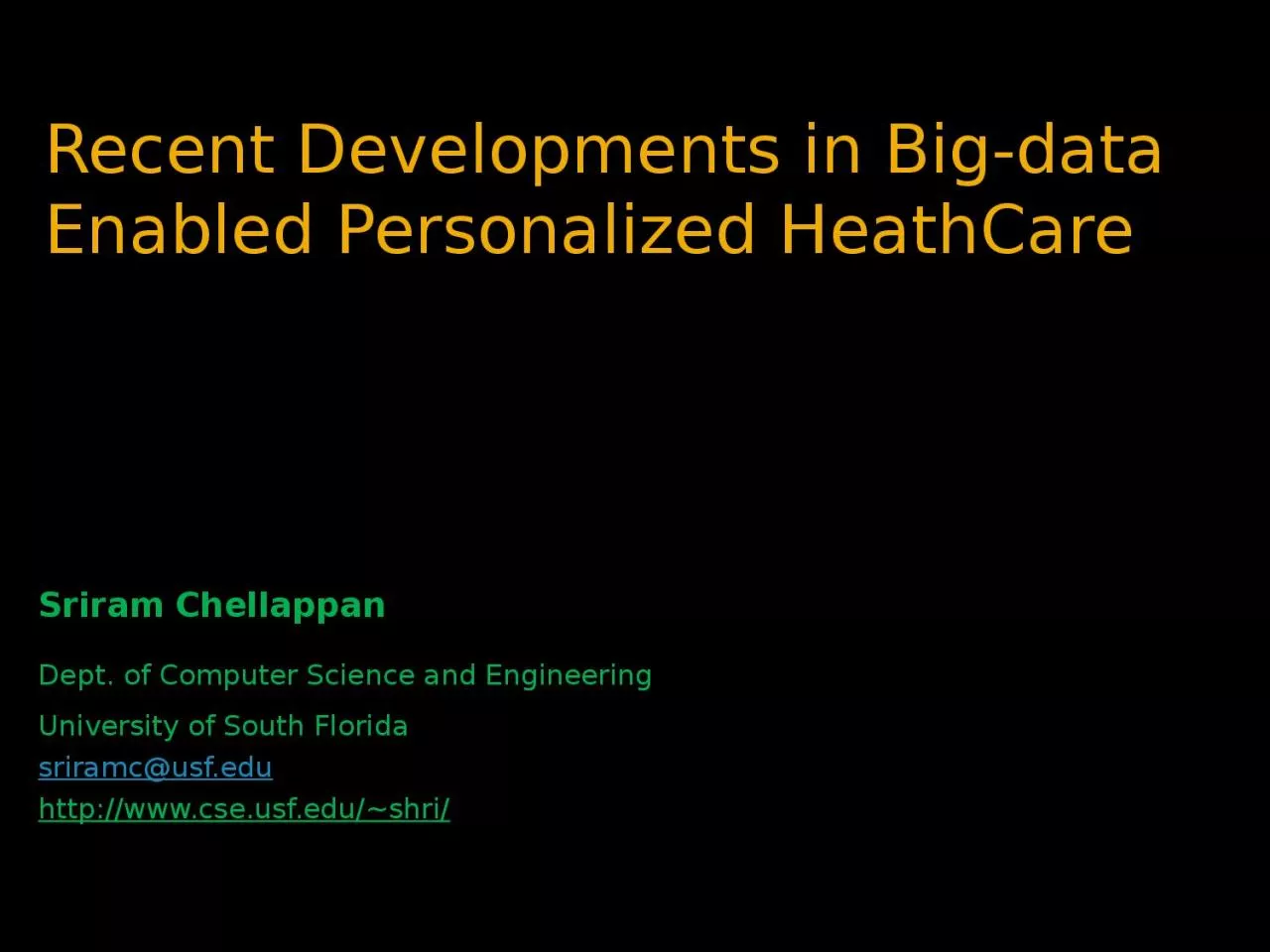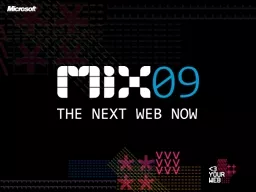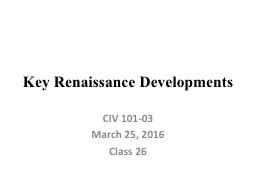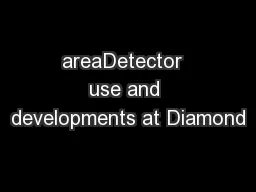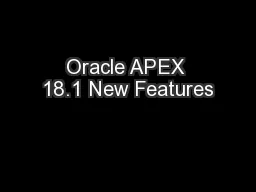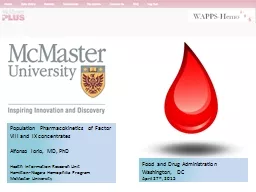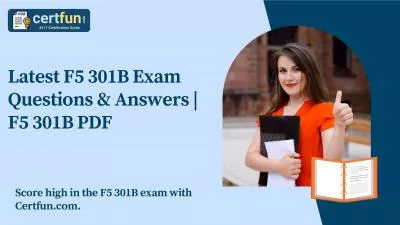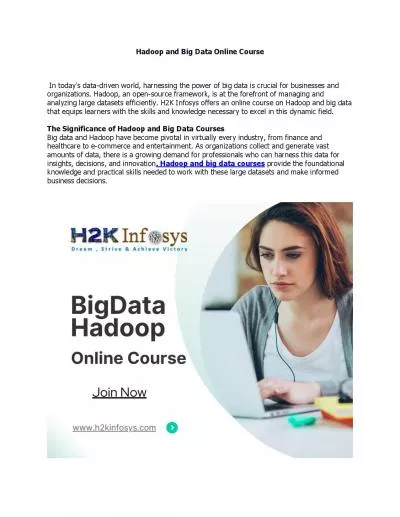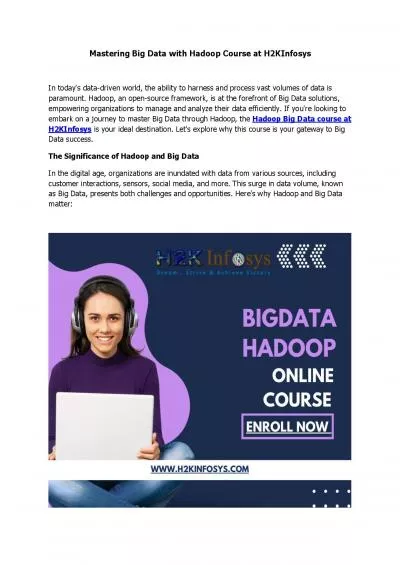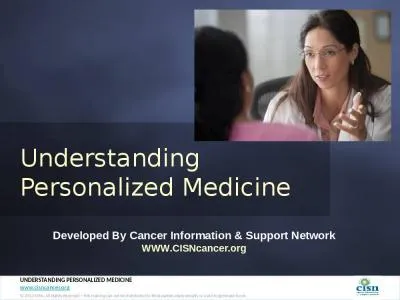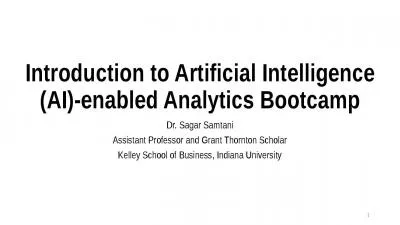PPT-Recent Developments in Big-data Enabled Personalized
Author : caroline | Published Date : 2024-02-03
HeathCare Sriram Chellappan Dept of Computer Science and Engineering University of South Florida sriramcusfedu httpwwwcseusfedushri Statistics on Mental Health
Presentation Embed Code
Download Presentation
Download Presentation The PPT/PDF document "Recent Developments in Big-data Enabled ..." is the property of its rightful owner. Permission is granted to download and print the materials on this website for personal, non-commercial use only, and to display it on your personal computer provided you do not modify the materials and that you retain all copyright notices contained in the materials. By downloading content from our website, you accept the terms of this agreement.
Recent Developments in Big-data Enabled Personalized: Transcript
Download Rules Of Document
"Recent Developments in Big-data Enabled Personalized"The content belongs to its owner. You may download and print it for personal use, without modification, and keep all copyright notices. By downloading, you agree to these terms.
Related Documents

